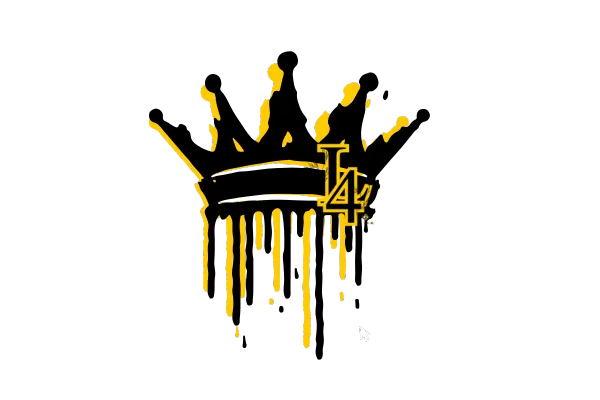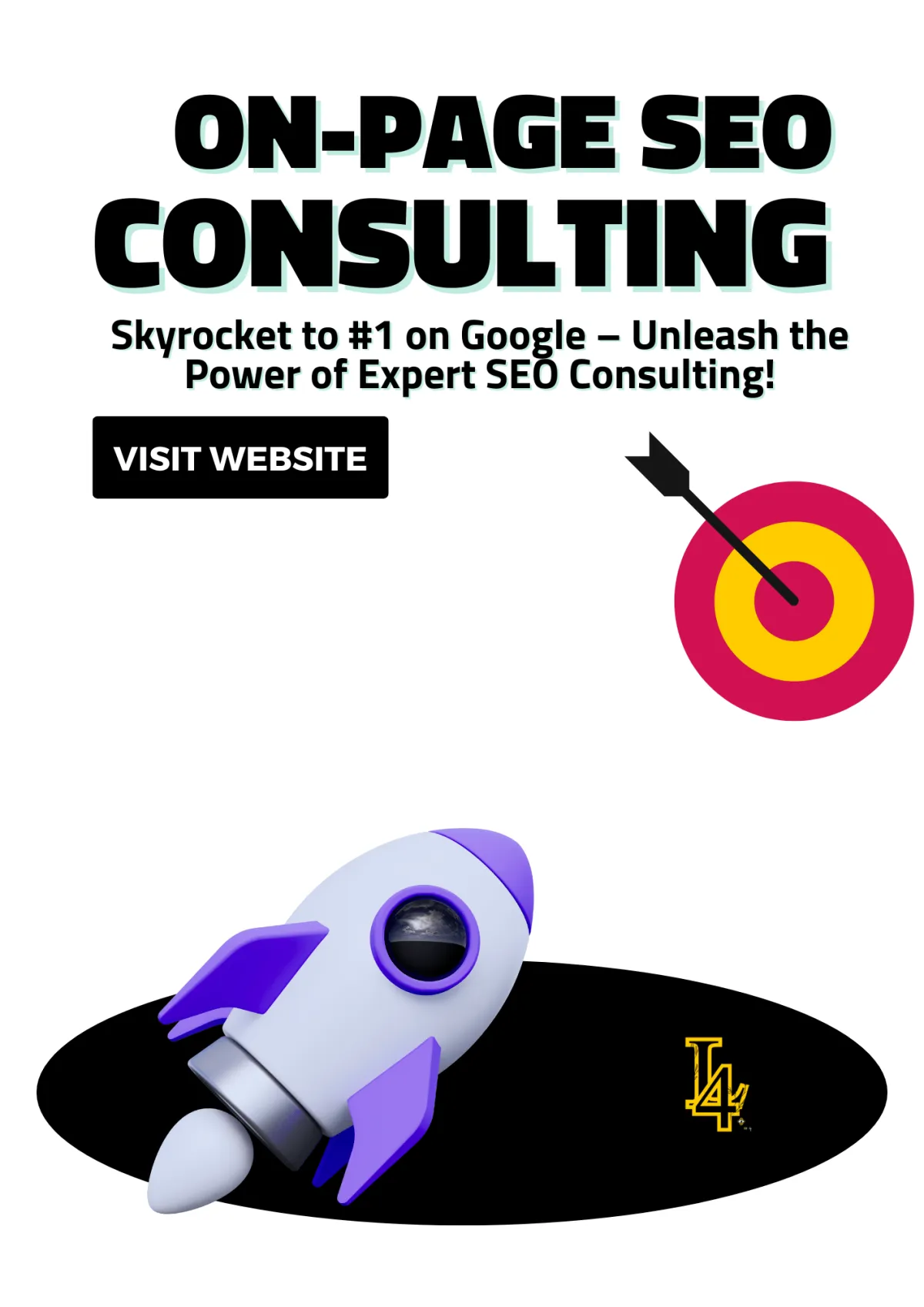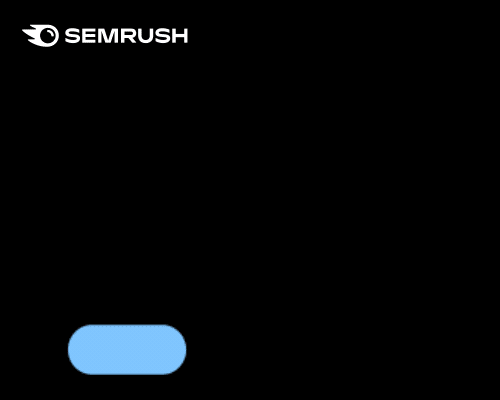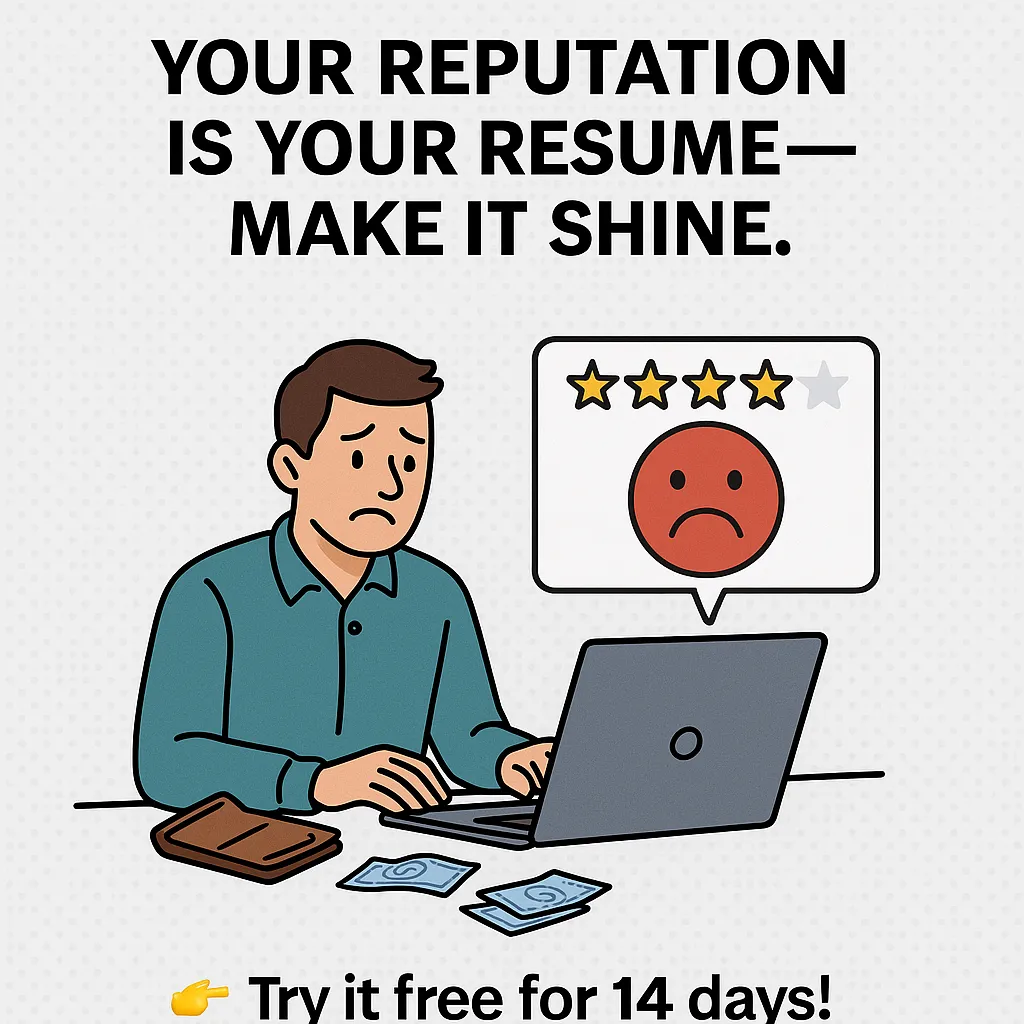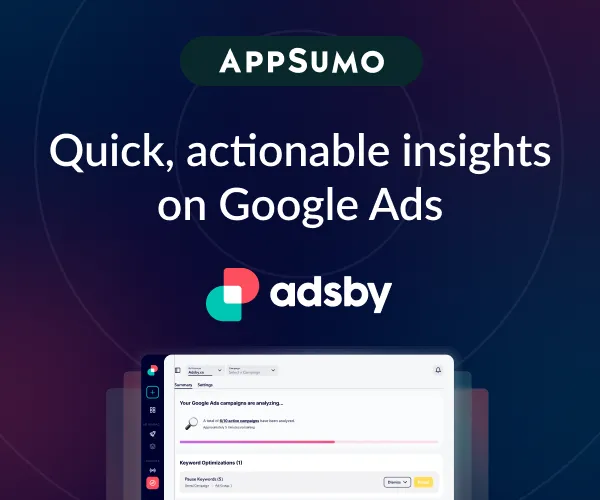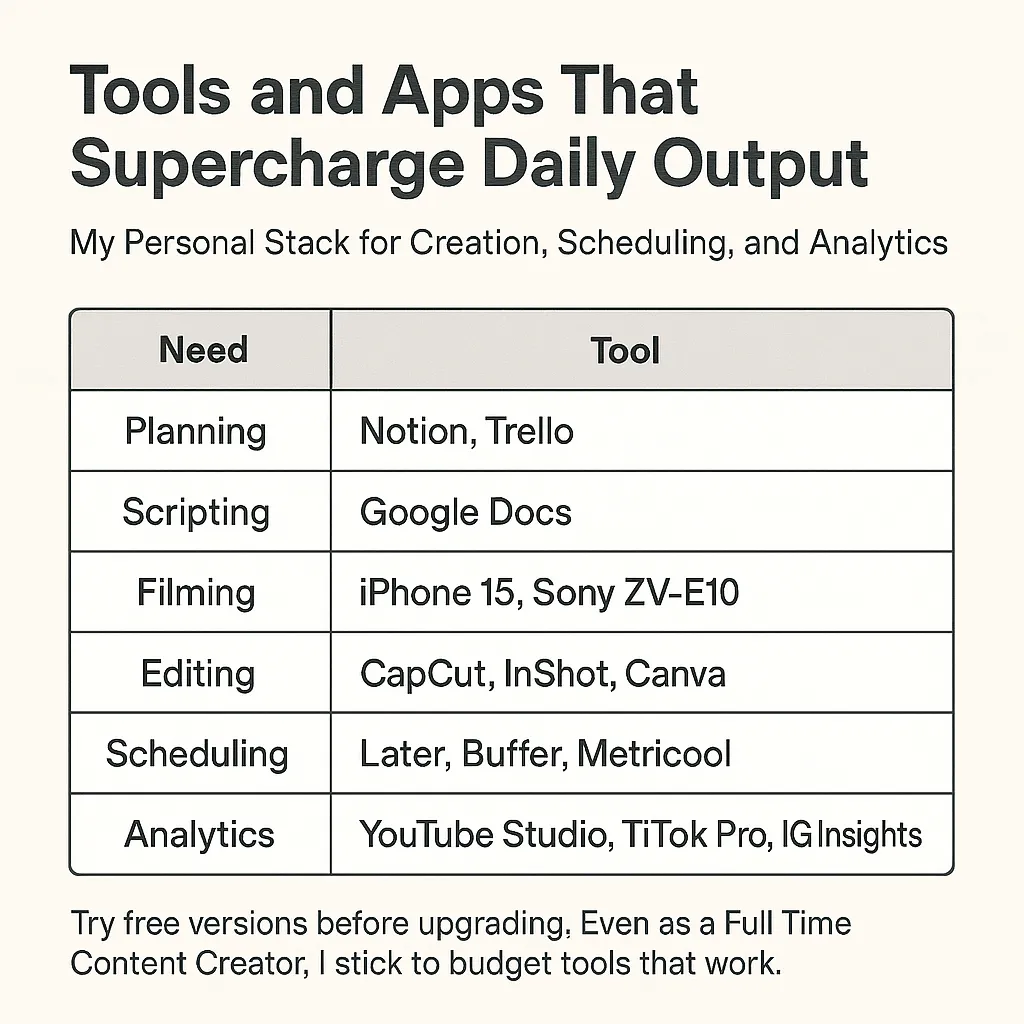
How to Create a Fake Website Page: Ethical Uses and Tools
Creating a fake website page might sound dubious at first, but when used ethically, it serves many legitimate purposes. From building a prototype for user testing to creating placeholders for design mockups, fake website pages allow you to experiment without publishing a live site. Whether you're a developer, designer, or marketer, this guide will walk you through how to create fake website pages responsibly and effectively.
What Is a Fake Website Page?
A fake website page is a non-functional or simulated webpage designed for purposes like:
Testing layouts, designs, or features before going live.
Demonstrating a concept or idea to stakeholders.
Creating fun or satirical content for educational or entertainment purposes.
Important Note: Always create fake pages with ethical intent and avoid impersonating real businesses, as this could lead to legal or ethical issues.
Why Would You Need a Fake Website Page?
1. Prototyping and Testing
Fake pages allow developers and designers to:
Experiment with different layouts or UI designs.
Test how users interact with a site before development.
Example: A startup might create a fake landing page for "AI fitness coaching" to gauge user interest before building the product.
2. Marketing Experiments
Marketers use fake pages to:
Test the effectiveness of headlines, CTAs, or visuals.
Measure conversion rates without committing to a full website launch.
Stat: Companies that A/B test their landing pages see a 30% improvement in conversion rates.
3. Placeholder Pages
While building a site, developers often create placeholders with fake content to:
Test responsiveness and functionality.
Showcase designs during the review process.
4. Training and Education
Fake websites are excellent tools for:
Teaching students or employees about web design or SEO.
Creating sandbox environments for coding practice.
How to Create a Fake Website Page
Step 1: Choose a Website Building Tool
Depending on your skill level and purpose, you can use:
No-code platforms: Tools like Wix or Squarespace make it easy for beginners.
Coding environments: HTML and CSS are great for more advanced users.
Mockup tools: Platforms like Figma or Adobe XD let you design static fake pages.
Example: Use Canva’s website templates to design quick mockups for client presentations.
Step 2: Design the Page Layout
Focus on key elements:
Header and Navigation: Add a menu for testing layouts.
Main Content Area: Use placeholder text (e.g., "Lorem Ipsum") and images.
Footer: Include dummy links for consistency.
Pro Tip: Use tools like Lorem Ipsum generators and placeholder image services (e.g., placeholder.com).
Step 3: Add Fake Content
Populate your page with content that mimics the real thing:
Text: Use "Lorem Ipsum" or fake headlines like "Welcome to Your Future Site."
Images: Use stock photos or tools like Unsplash or Pexels for free visuals.
Buttons and Forms: Include non-functional CTAs like "Sign Up" or "Learn More."
Step 4: Test Functionality
Even if the page is fake, you can test:
Button placement and clickability.
Visual appeal and user navigation flow.
How responsive the design is on mobile devices.
Step 5: Host the Fake Page (Optional)
If you want to share the page for review or demonstration:
Use free hosting platforms like GitHub Pages or Netlify.
Save the page as a static file and share it as a local demo.
Ethical Considerations When Creating Fake Website Pages (h2)
Creating a fake website can be fun and functional, but it’s essential to:
Avoid Misleading Users: Clearly label fake pages as "prototypes" or "mockups."
Stay Legal: Never impersonate real businesses or infringe on copyrighted material.
Respect Privacy: Don’t collect user data or create forms that appear functional.
Tools to Create a Fake Website Page
1. Website Builders
Wix: Drag-and-drop simplicity for creating realistic pages.
Squarespace: Beautiful templates for polished designs.
2. Mockup Tools
Figma: Design and share interactive prototypes.
Adobe XD: Ideal for creating high-fidelity fake pages.
3. Coding Tools
CodePen: Experiment with HTML, CSS, and JavaScript in a sandbox environment.
Visual Studio Code: For more complex designs and functionality.
Fake Website Page in Action: Example Use Cases
Case Study 1: Marketing Campaign Test
A travel agency wanted to test interest in "luxury eco-tours." They created a fake landing page with a "Sign Up for Updates" button to gauge interest. The page attracted over 1,000 sign-ups, validating the campaign idea.
Case Study 2: UX Testing
A SaaS startup created a fake dashboard page to test user preferences for feature placement. Feedback helped refine the final product, reducing onboarding confusion by 20%.
With vs. Without a Fake Website Page
With a Fake PageWithout a Fake PageTest designs and ideas before going live.Risk launching ineffective designs.Gather user feedback early.Miss valuable insights.Present polished concepts to stakeholders.Struggle to explain abstract ideas.
Final Thoughts: Why Create a Fake Website Page?
Creating a fake website page is a powerful, ethical tool for testing, learning, and presenting ideas. Whether you’re a marketer testing campaign ideas, a designer showcasing mockups, or a developer practicing coding skills, fake pages let you experiment without the pressure of going live.
Ready to start building your fake page? Choose the right tools, design with purpose, and always create with integrity. If you’d like guidance or more tips, let’s connect! 🚀
You have not enough Humanizer words left. Upgrade your Surfer plan.
ChatGPT can make mistakes. Check important info.
